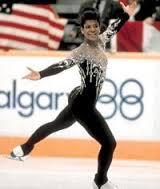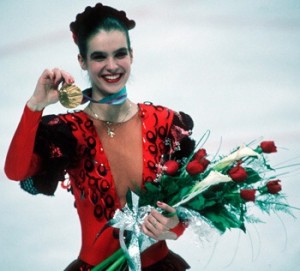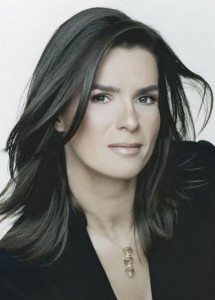Berlin, as well as the rest of Germany, has many similarities to the United States and the places where I grew up. During my life, I have lived in four states, but I have only lived in two out of those four states for the longest amounts of time. The two states that I am most familiar with are New York and Pennsylvania, which I have lived for about eight years in each state. One similarity I have noticed between Berlin and the cities that I grew up in, Buffalo, New York and Pittsburgh, Pennsylvania, is that these cities are every changing and expanding with new stores, restaurants, and housing. Additionally, all three cities have several different types of restaurants to choose from. For example, in Berlin, there are many more options besides traditional German food like Turkish, Thai, and Italian food. In the United States, you also have several different restaurant options. Moreover, since Berlin is just like any other big city in the United States, a lot of people smoke, but there are several non-smoking places in the city. Also, even with all of the public transportation available in Berlin, people still drive cars. There is public transportation in most United States cities, but I do not think the system in the United States cities is as efficient or as widely used as in Berlin. However, people in both Germany and the United States use public transportation every day. Lastly, I noticed that a lot of Germans wear similar clothing as people do in the United States, and Germans as well as Americans wear jeans on a daily basis.
Even though Berlin and Germany have many similarities to the United States and the towns I grew up in, there are also many differences. One difference I first noticed when I arrived in Berlin is how Berliners dress. In Berlin, people like to wear a lot of layers, dark and neutral colors, scarfs, as well as tennis shoes. On the other hand, in the United States, people wear a large variety of different types of clothing and all kinds of colors. Another thing I noticed was that the public transportation system seems to be more effective and easier to use in Berlin then in the United States. The one thing I like better about Berlin transportation is the S-bahn and the U-bahn. I have never used the subway system in the United States, but I have heard that the subways are always crowded and dirty. Here in Berlin, however, the S-bahn and U-bahn are relatively clean, not always crowded, and are pretty easy to use. Additionally, I believe that Germany is overall more ecological than the United States for several different reasons. For example, the water in Berlin is cleaner and you can drink it straight from the faucet. Also, even in a big city like Berlin, there is a lot of greenery, which is not usually typical for a big city in the United States like New York or Pittsburgh. In Berlin, it is sometimes hard to remember you are in such a big city because the trees and openness of it makes Berlin feel less like a major metropolitan area. Furthermore, at the restaurants in Berlin there is not a host or hostess and you sit yourself at restaurants. Finally, at any supermarket or any store you visit, you are expected to be ready to pay as soon as you get to the cashier. In other words, you have to be faster while checking out or the people behind you will get annoyed.
Additionally, there are interconnections between the two countries. Some of these connections include German manufactured cars and even German communities in the United States. There is even a Germantown historic district in the North Side of Pittsburgh and there is also German Village right outside of Columbus. Furthermore, Germany imports and exports many items to and from the United States daily, so both the German and United States economies are interconnect with each other through trading.
German Village in Columbus








